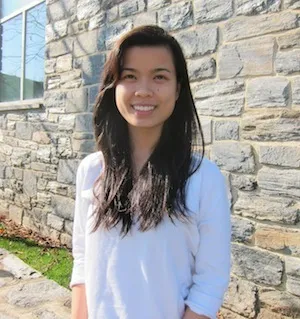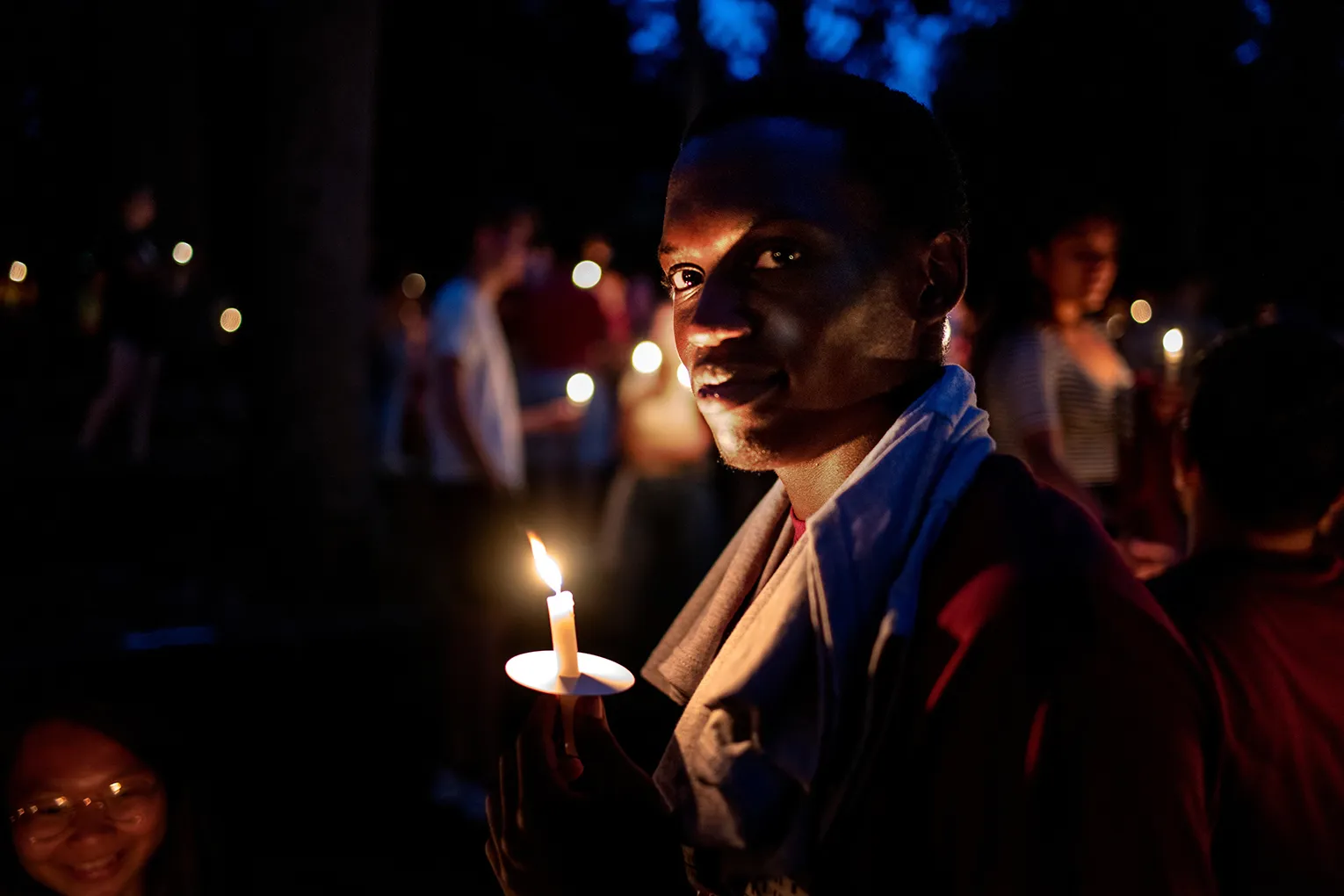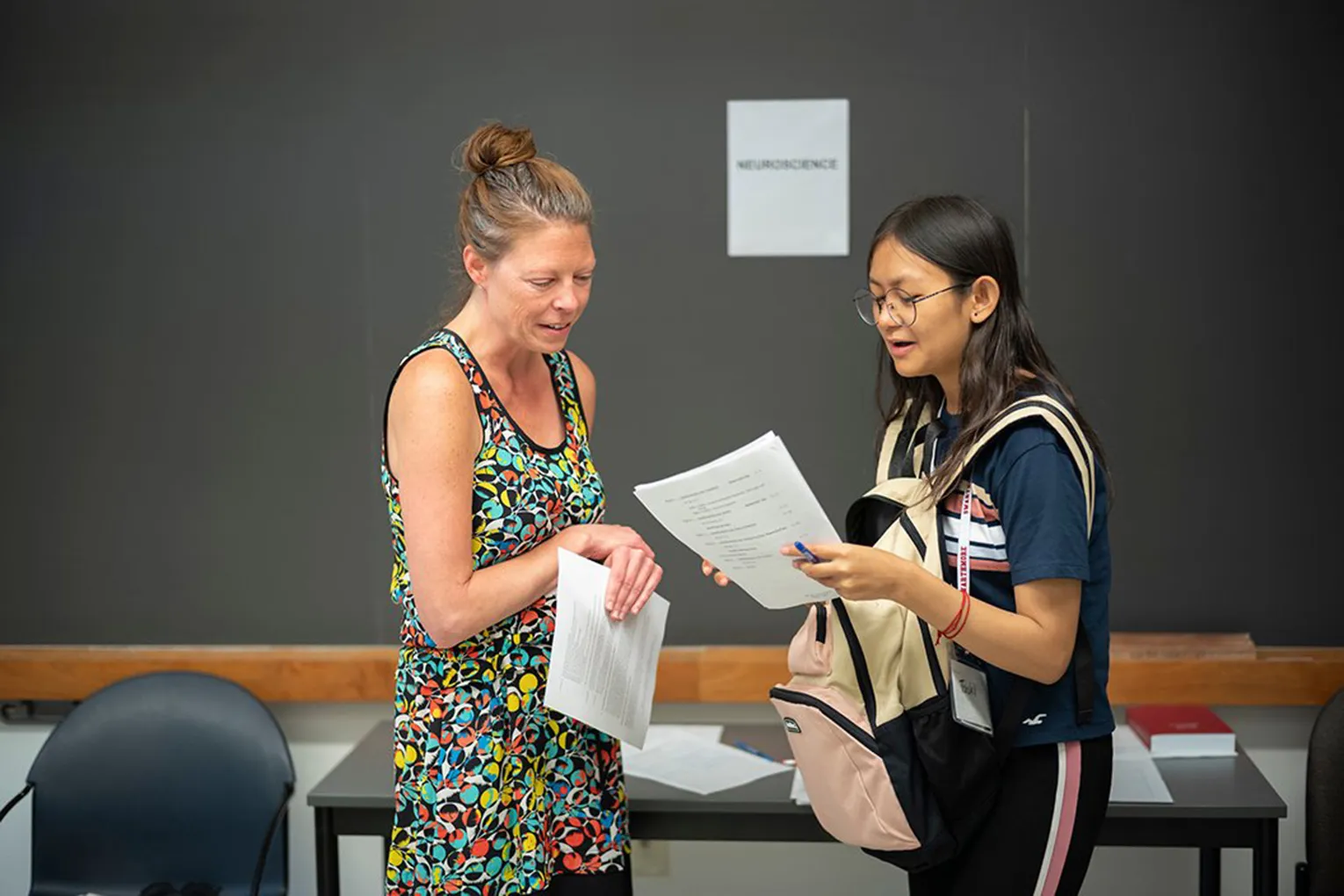Duyen Nguyen '13 Researches Women Whose 'Hats Were in the Ring'

The evening of Tues., Nov. 6 proved to be a night of firsts for women in the United States. Tammy Baldwin (D-Wisconsin) became the first openly lesbian woman elected to the Senate. Mazie Hirono (D-Hawaii) became the first Asian-American woman and Buddhist elected to the upper chamber. Tulsi Gabbard (D-Hawaii) became the first Hindi woman elected to Congress. Grace Meng (D-New York) became the first Asian-American woman to represent her state in Congress. New Hampshire is now the first state to have women occupying every top elected position.
The aforementioned women as well as several others, including Elizabeth Warren (D-Massachusetts), edged out male adversaries to take seats rarely - or never - occupied by a woman. Now comprising a record 20 percent of the Senate, the political strength of women in the United States is manifesting itself like never before, a fact that comes as exceptionally good news to Duyen Nguyen '13.
Last summer, the Wichita, Kan., native and political science major dedicated her time to the expansion of an online database that identifies female candidates who ran for office before 1920 - and thus before the 19th Amendment which allowed them to vote was ratified - called Her Hat Was in the Ring! Under the guidance of project creators such as Wendy Chmielewski, George R. Cooley curator of the Swarthmore College Peace Collection, and with the help of Alison Roseberry-Polier '14, a gender and sexuality studies and history double major from New York City, and Bryn Mawr College junior Ani Chen, Nguyen searched virtual archives and created biographies for several little-known women involved in the political process of the early 20th century. Their work was supported by Tri-Co Digital Humanities, an initiative committed to discovering and promoting digital literacy and sophistication and innovating through humanities-based inquiry using new technology.
"The database currently has 2,300 women listed, but we estimated that 4,000-5,000 women campaigned for elective office before 1920, and many won," Chmielewski says. "We expect the data we continue to gather will lead to re-interpretations of the history of women's role in elective politics in the U.S."
"A lot of these women [who ran for office] knew going in that they might not win but the really interesting thing is that they did it anyway," Nguyen explains. "They ran and they campaigned anyway to create a statement, which is really powerful."
But the presence of women in political races was not limited to statement-making, as Nguyen excitedly notes. "A lot of these women did end up winning, and being successful in an election where the odds are so stacked against you and winning anyway really says something about the type of person that you are."
One successfully elected woman was 27-year-old Susana Salter. In 1887, Susana became the first female mayor in the United States. But on the morning of the election, Susanna was not even aware her name was on the Argonia, Kan., ballot.
"She didn't get elected because she wanted to be elected," Nguyen says. "The men in the town were making fun of her for being this sort of stand-out woman. [They thought] that she wouldn't win and that this would send a message to her."
The plan backfired when Susanna found out about the prank in the middle of doing laundry and promptly spent the rest of the day campaigning around town. Defeating all of the men on the ballot and making history, she had the last laugh in more ways than one.
But as intellectually rich as stories like that of Susanna are, Nguyen could not emphasize enough how difficult attaining information for Her Hat Was in the Ring! could often be.
"I would find these hints of resources about some of these women but I couldn't get access to them because they were in archives or stacked away somewhere," she says. "We have the archives, and there has been some effort [to digitize], but there has to be a lot more digitization of resources to make information much easier to access and much less expensive for researchers to look at. I feel like there's a lot of important research out there that people probably want to do but they can't do it because they don't have the money for that information."
But for now, Nguyen is incredibly happy with what she learned in her work this summer and how successful Her Hat Was in the Ring! has been in providing access to previously obscure knowledge about the participation of women in early American politics.
"I always thought of history as a very static study," she admits. "Besides the idea that you learn from history the philosophy you go on to enact, I think that history means a lot more than just that. It's about understanding where you came from, how we are now, and where we could go."
If the 2012 election is to be taken as any indication, where this nation could go in terms of incorporating and representing women in the political realm appears to be more promising than ever before.



